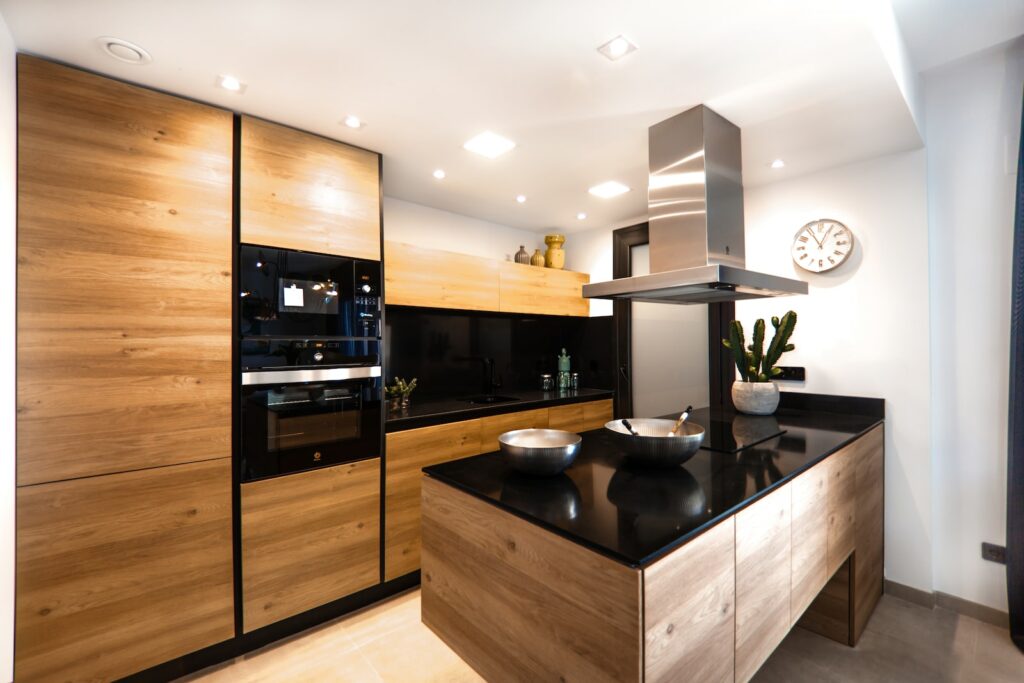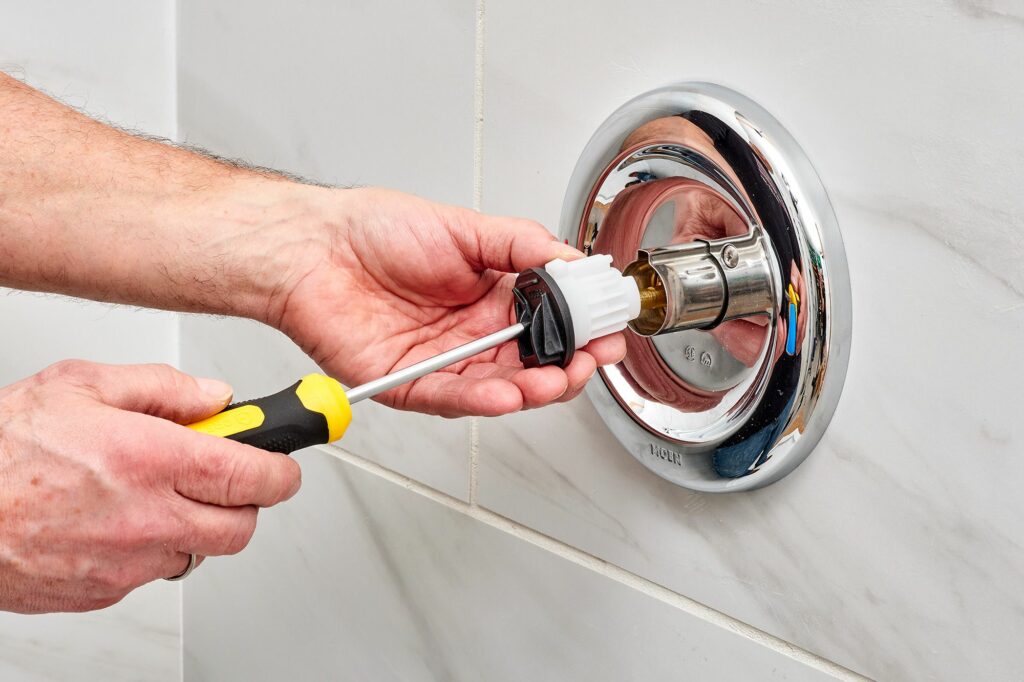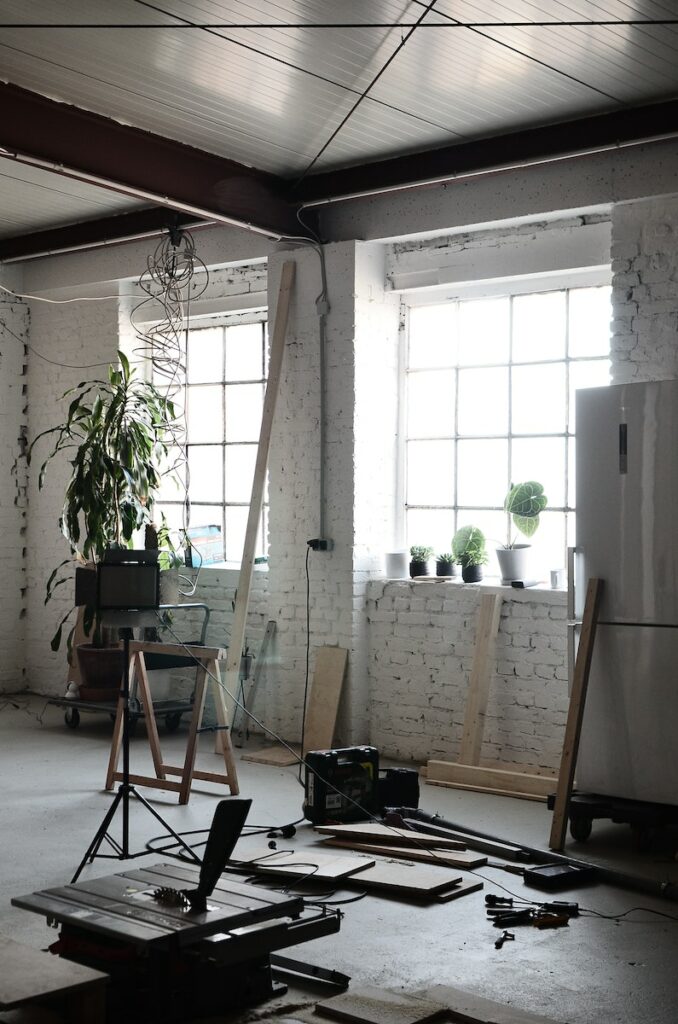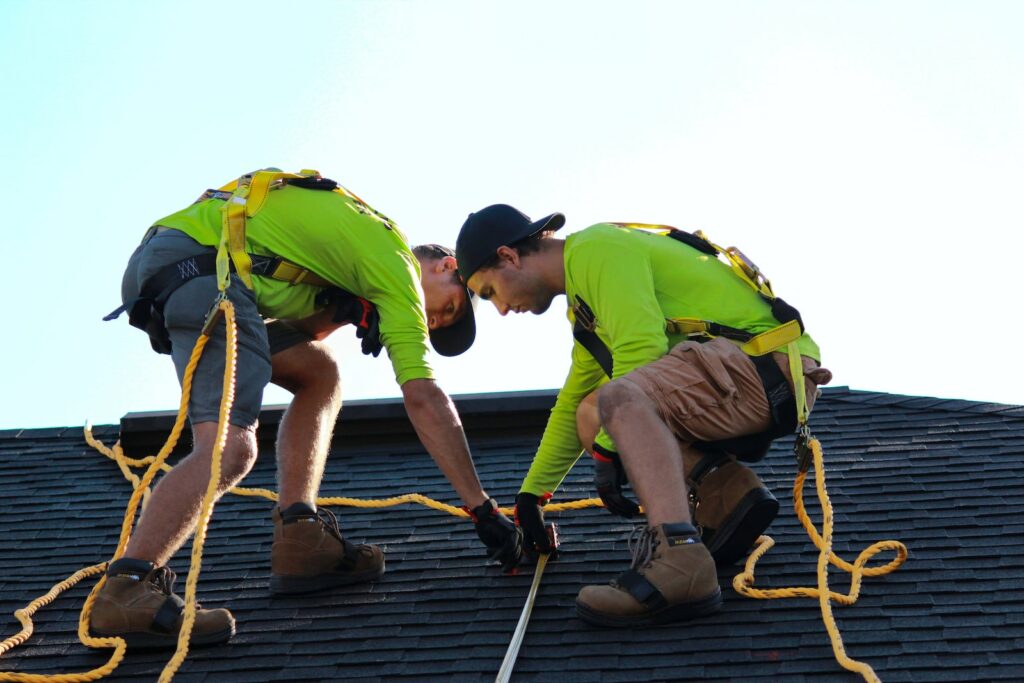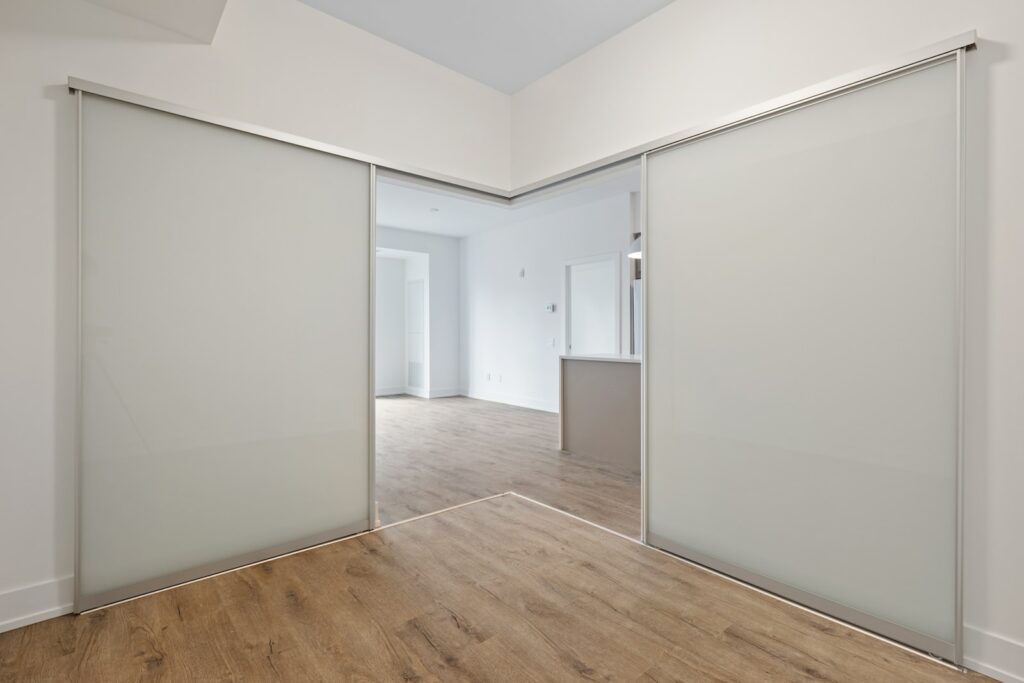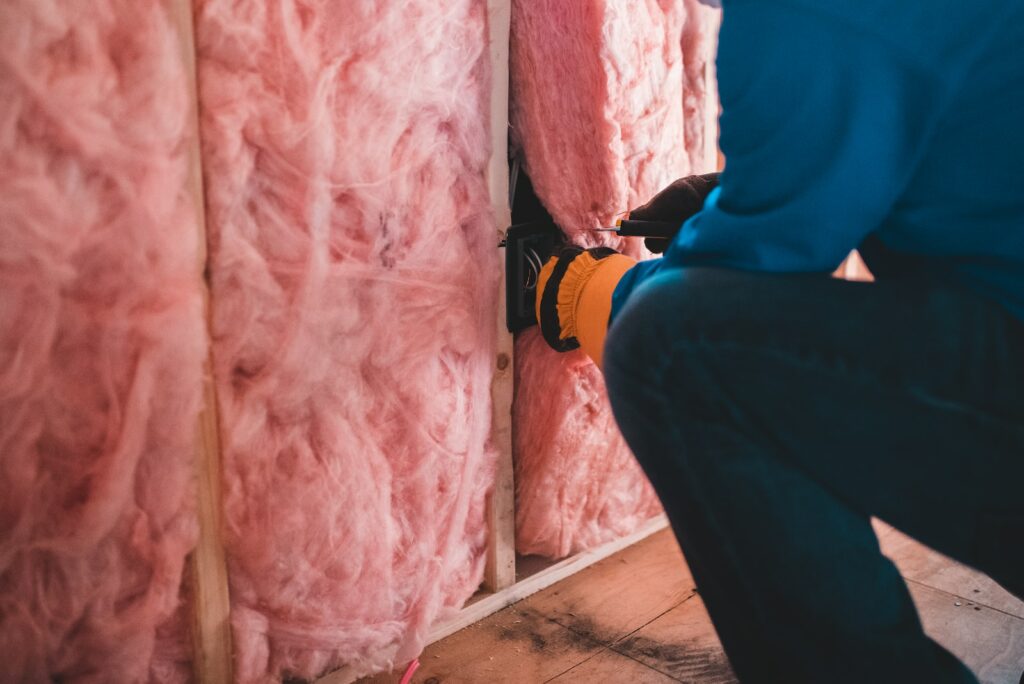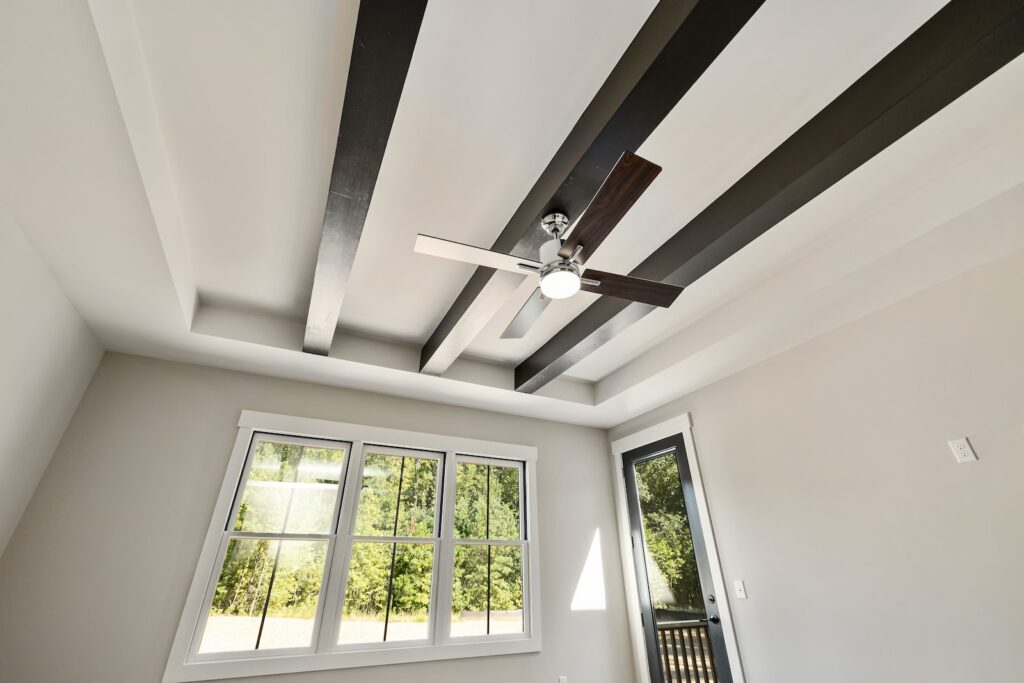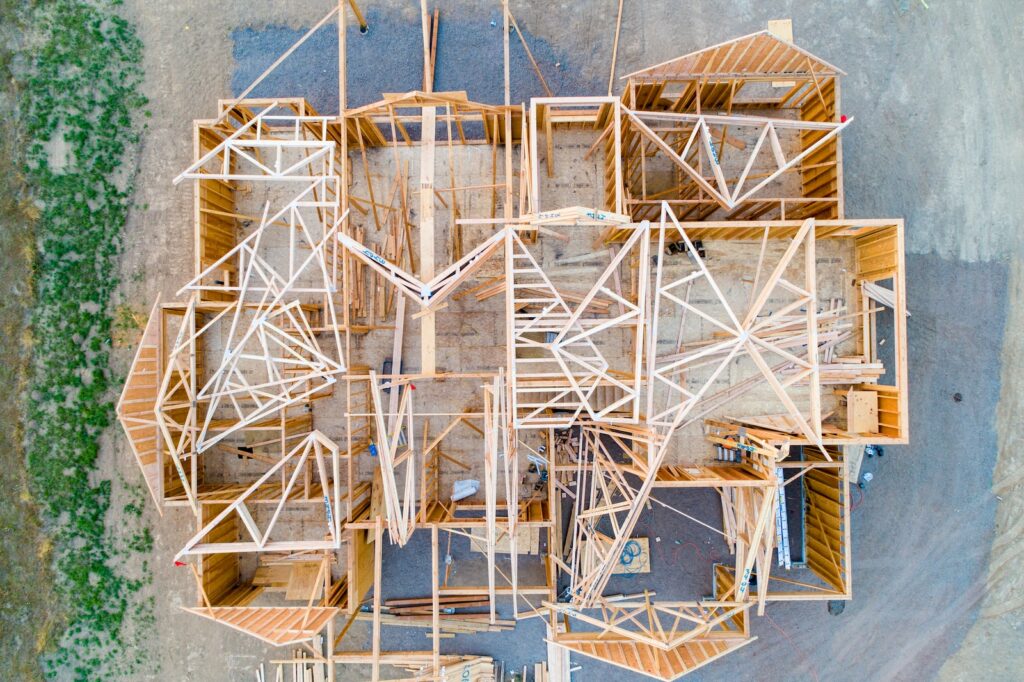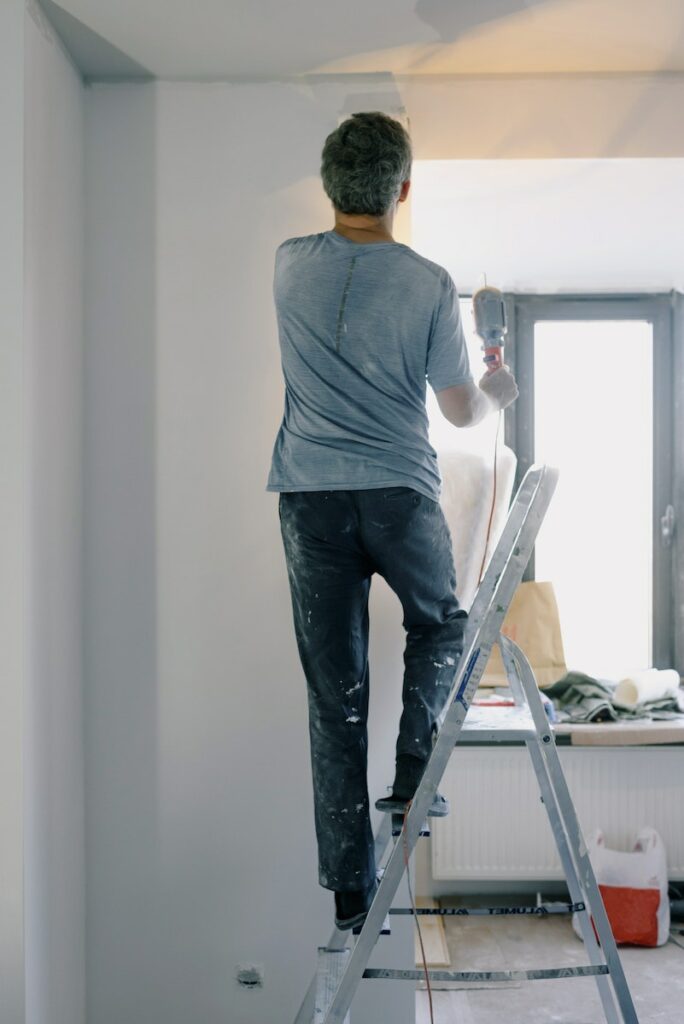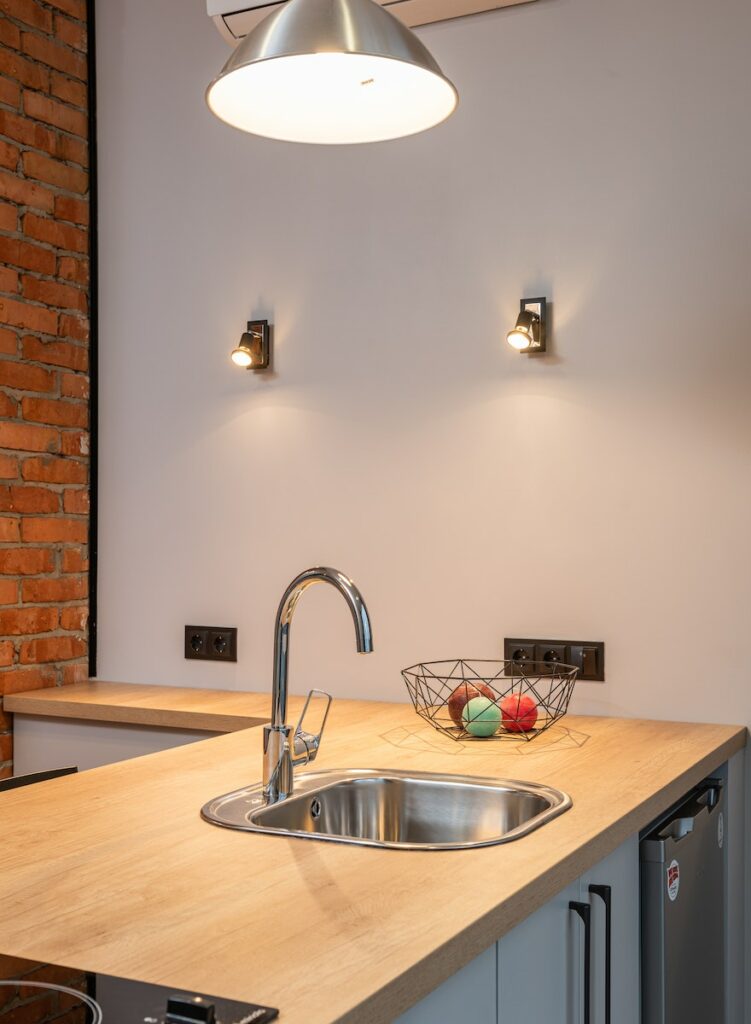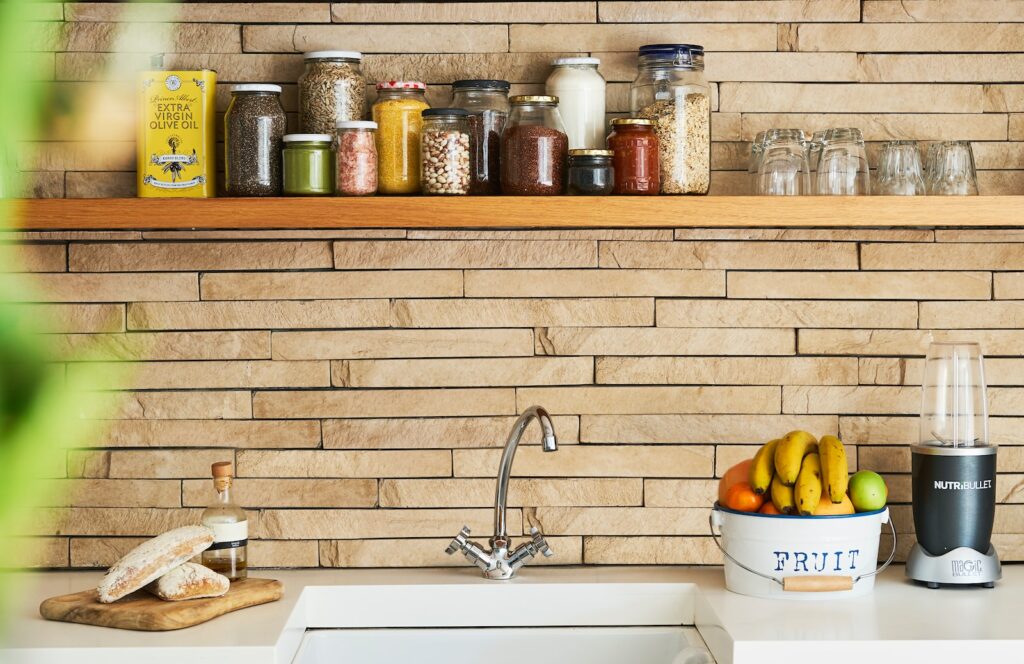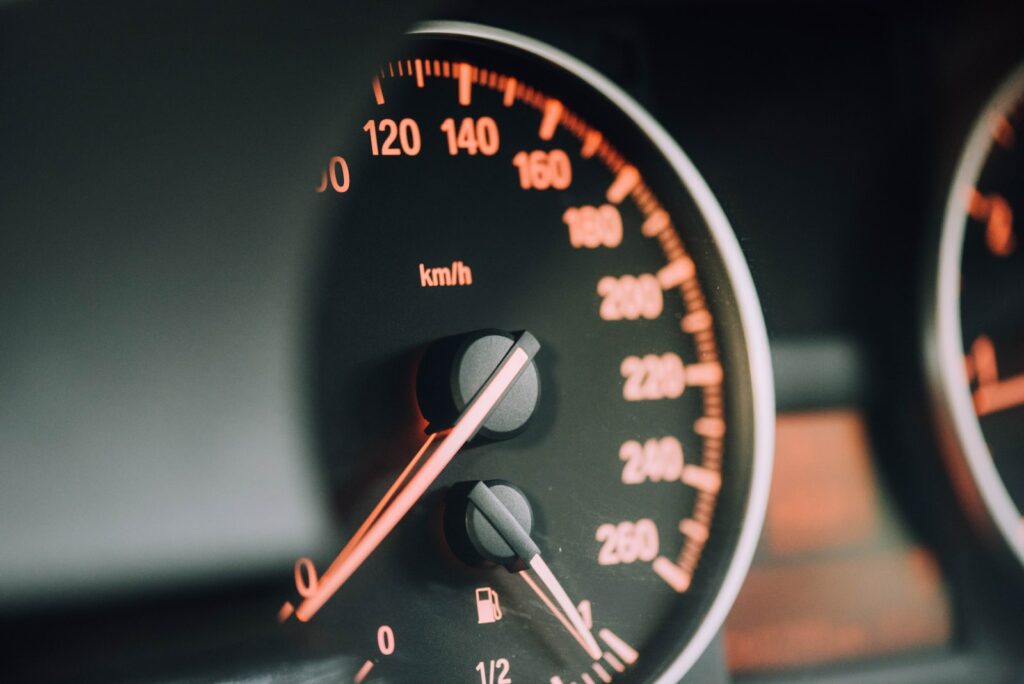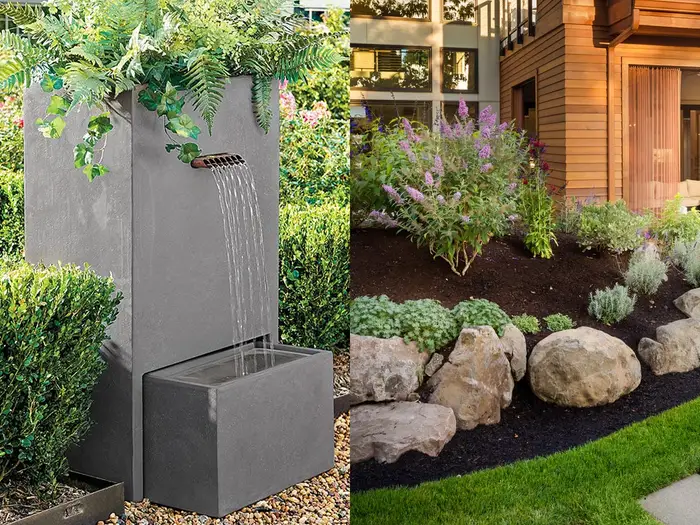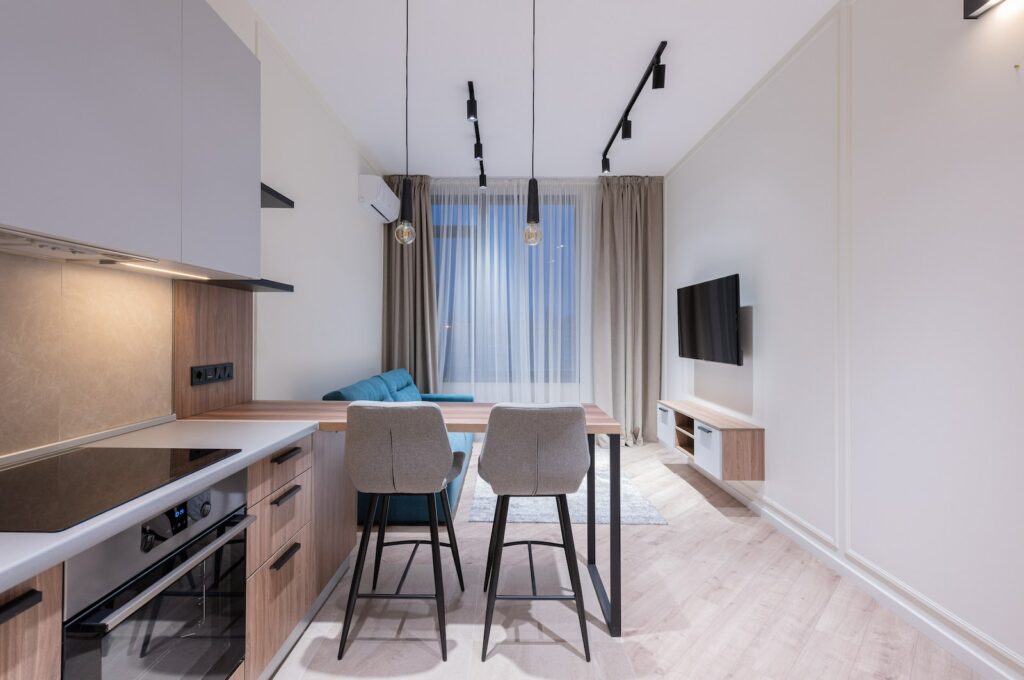DIY Home Energy Audit: How to Save Money on Your Energy Bill
The cost of energy is always rising. To combat these rising costs, homeowners need to take proactive steps to reduce their energy bills. One of the best ways to start saving money on energy is to conduct a thorough home energy audit. Home energy audits can identify the areas in your home where you could be using more energy than necessary and provide solutions to help you save energy and money. This DIY energy audit can be done in just a couple of hours and will help you reduce your energy bills.
Why is a DIY Home Energy Audit Important?
A home energy audit is an important part of any energy efficiency plan. An audit assesses the current condition of your home, often with the help of infrared cameras, to identify potential sources of air leaks and inefficient systems. Doing an audit on your own can help you identify any potential problems, as well as solutions for saving money on your energy bills. It can also give you insight into how much energy your home is using, so you can better plan your energy-saving strategies accordingly.
Conducting a home energy audit can help you save energy and money in various ways. For example, you may be able to identify areas where you can insulate your home better. This could lead to lower heating and cooling costs by reducing your energy needs. Additionally, you may be able to identify ways to reduce energy use. For example, installing more energy-efficient lighting, appliances, and electronics can help you reduce your energy consumption, leading to lower energy bills.
How to Prepare for a DIY Home Energy Audit
Before you begin your DIY home energy audit, there are a few things you should do to prepare. First, make sure you have a good understanding of your home’s energy use. This means checking your monthly energy bills to see how much energy you’re using, as well as what your current energy costs are. You may also want to hire a professional energy auditor to give you a thorough assessment of your home’s energy use.
Once you’ve gathered the necessary information, you’ll want to create a plan for your DIY energy audit. This will help you identify the areas of your home that need to be audited and the types of solutions you should consider. For example, you may want to focus on areas of your home that have poor insulation or inefficient heating and cooling systems.
What to Look for During a DIY Home Energy Audit
When conducting a DIY home energy audit, you’ll want to pay close attention to a few key areas. You should check for air leaks around windows, doors, and other openings. These air leaks can cause your heating and cooling systems to work harder to maintain a comfortable temperature, resulting in higher energy bills. You should also check for any inefficient appliances or electronics, as these can use more energy than necessary and drive up your energy bills.
You should also inspect the insulation in your home. Poor insulation can prevent your home from retaining heat in the winter and cool air in the summer. This can cause your heating and cooling systems to work harder than necessary, resulting in higher energy bills. Additionally, you’ll want to check the condition of your heating and cooling systems, as they may need to be upgraded to become more energy-efficient.
How to Take Action to Save Money on Your Energy Bills
Once you’ve completed your home energy audit and identified the areas where you could be saving energy and money, it’s time to take action. Start by making simple changes that don’t require a lot of expense. These include sealing air leaks, installing energy-efficient lighting, and replacing inefficient appliances or electronics. These changes can have a big impact on your energy bills and are relatively inexpensive.
You may also want to consider making more extensive changes, such as upgrading your heating and cooling systems, adding additional insulation, or installing solar panels. While these changes can be more costly, they can also provide long-term savings and help you reduce your energy bills.
Time and Expense Requirements
A DIY home energy audit should take no more than a couple of hours to complete. However, some areas of your home may require additional time and effort to inspect, such as attics and crawl spaces. The cost of the audit will vary depending on the changes you make. Sealing air leaks and changing out lighting and appliances can be relatively inexpensive, while making more substantial upgrades to your home’s systems will likely require more money.
Precautions
When conducting a DIY home energy audit, it is important to take a few precautions. Make sure that you are wearing protective gear, such as gloves, safety glasses, and a dust mask, to protect yourself from any potential hazards. Additionally, be sure to turn off the power to any areas you will be working in before beginning the audit. This will ensure your safety and help protect your appliances and electronics from potential damage.
Conclusion
Conducting a DIY home energy audit is an important part of any energy-saving plan. An audit can help identify areas of your home that could be using more energy than necessary and provide solutions for reducing your energy bills. While the audit may take a few hours to complete, it can provide significant savings over time. By taking the time to complete a home energy audit, you can save money on your energy bills and help reduce your home’s overall energy consumption.

